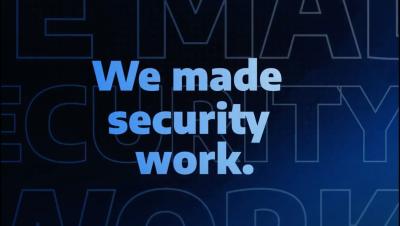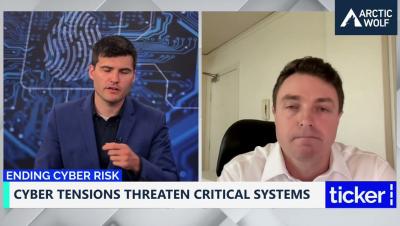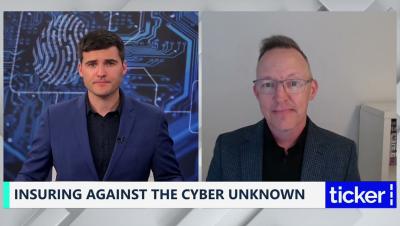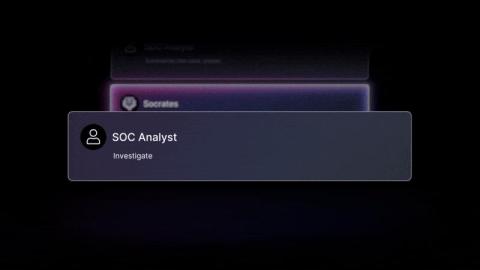Arctic Wolf: a 2024 Year in Review
Arctic Wolf celebrated an incredible year of growing the industry's most trusted security operations platform in 2024, and we'd like to thank our customers, partners and dedicated team for contributing to the most successful year yet for the Pack. We're building even bigger in 2025.











